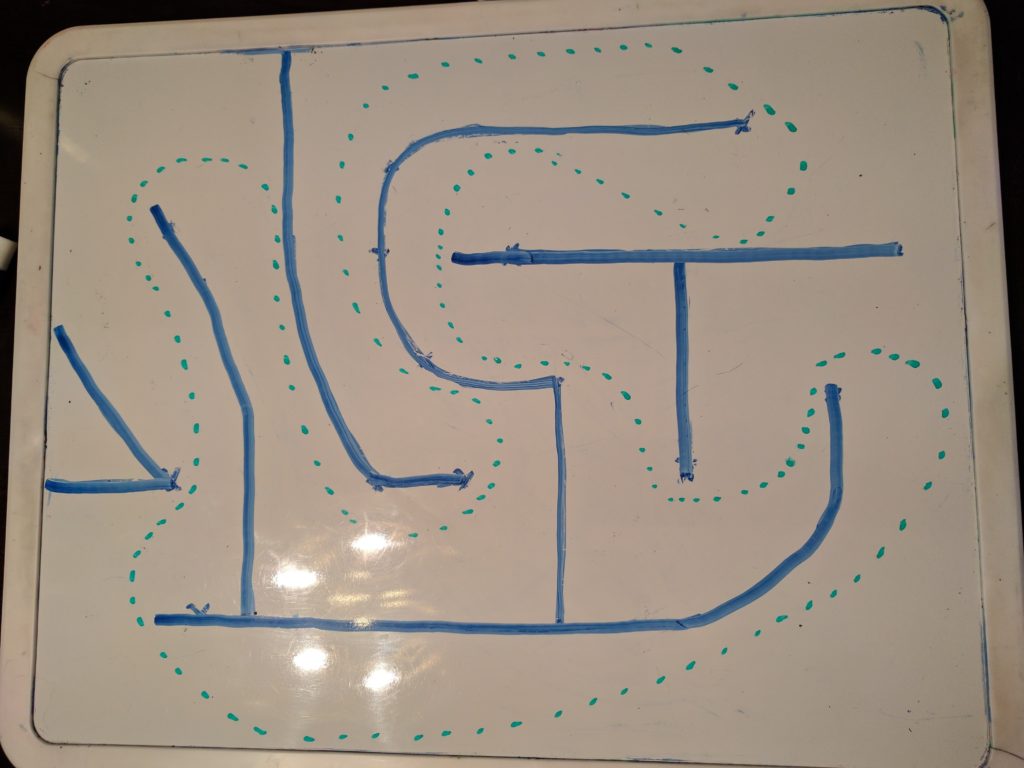Basic Terms to Know Before You Get to the Track
Over the next several posts I will be going over different terminologies and the different ways to apply them. These terms will help you have a better understanding and how you can use them to become a better driver. There are also different ways to implement and interpret these guides to find what will work for you and your driving style. I will list these in order of importance for when I helped other kids out during the racing season. As I said before I will go over all of these in more detail in follow-up blogs.
The definitions below are not dictionary definitions or terms that are in a way that is commonplace within the racing industry. Instead, these are the definitions that I use for when I am explaining them to beginners. I don’t want to make things too complicated and too confusing for the new driver.

The racing line: The “racing line” is the most efficient way around the course to get you the fastest lap time. It is important to discover the racing line early on. Find this line before you start building speed around the track. In many cases, the racing line is also the safest line and driving off the racing line may cause the vehicle to behave in an unexpected fashion.
The apex: An “apex” is the tightest part of the corner or the pivoting point in which the corner switches from closing-up to opening-up. There are different types of apexes to utilize when going around the track. There is an “early apex”, a normal “apex” and a “late apex”. Along with the racing line, there is also an apex that will help you stay on that racing line and keeping “momentum”.
Consistency: This is where you can go around a track and behave in the same fashion while on your race line, your throttle modulation and braking zones. Making all of your movements the same, lap after lap is a type of consistency that is needed and will help with making subtle changes, as you progress with your time on the track.
Momentum: Momentum is the task of keeping the kart moving in the forward direction without sliding and braking too much. In most cases, I will tell beginners that if you are sliding after the apex, you are losing time; which really means that they are losing too much momentum.
Snap-in and Track-Out: These movements are what help you complete your corner. Your “snap-in” is the movement that gets you to the apex. Whereas the “track-out” movement is the process of what happens after the apex.
There are many more terms that I will go over later but those are going to be more advanced for you to focus on. When you have too much information to comprehend, then it’s easy to lose important fundamental components of racing. Please practice working on these skills as I introduce them to you.

Great article!